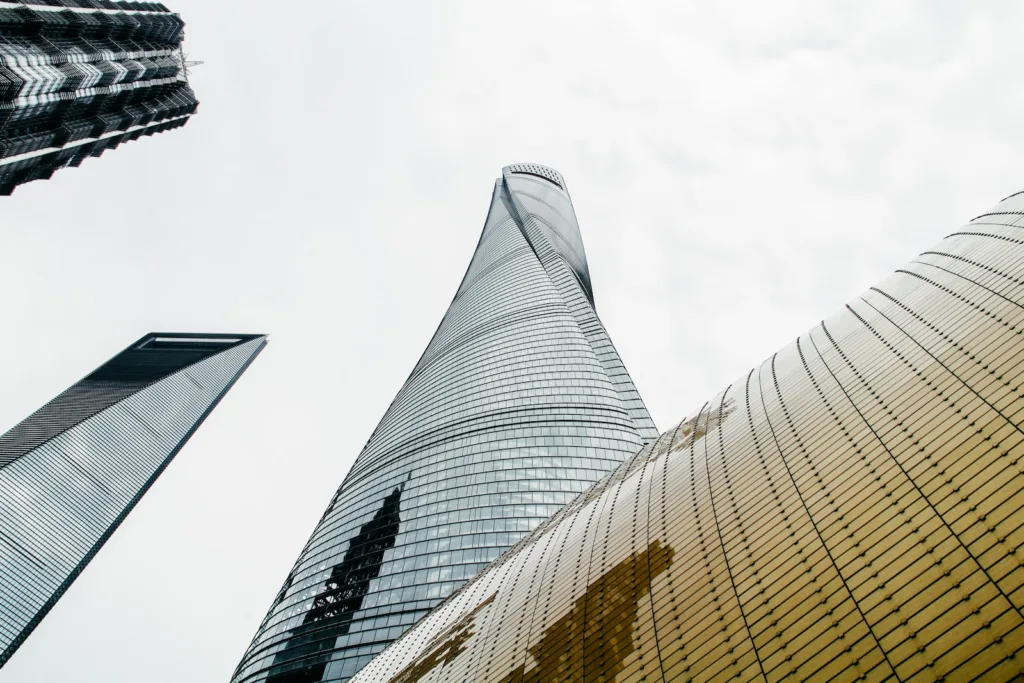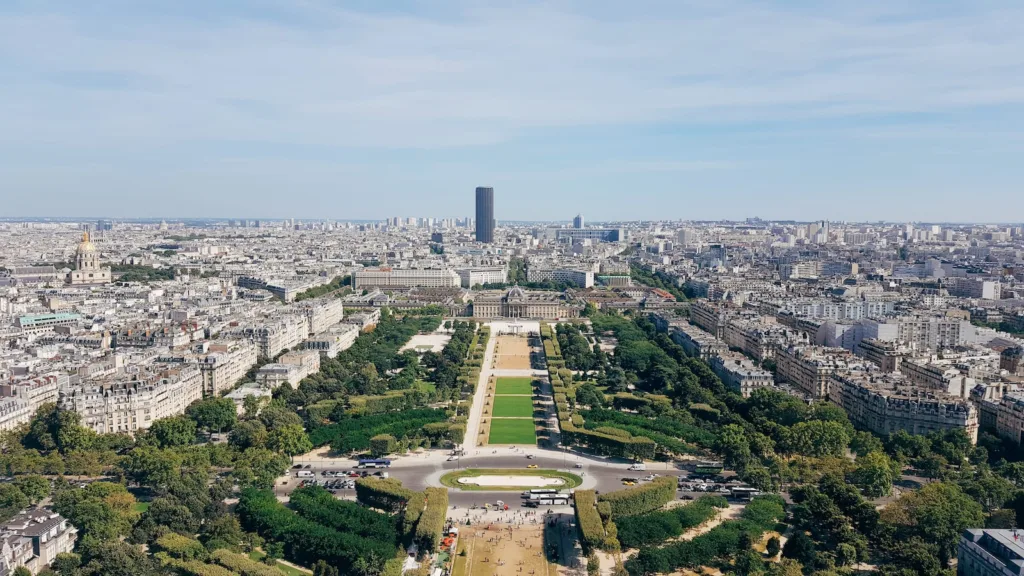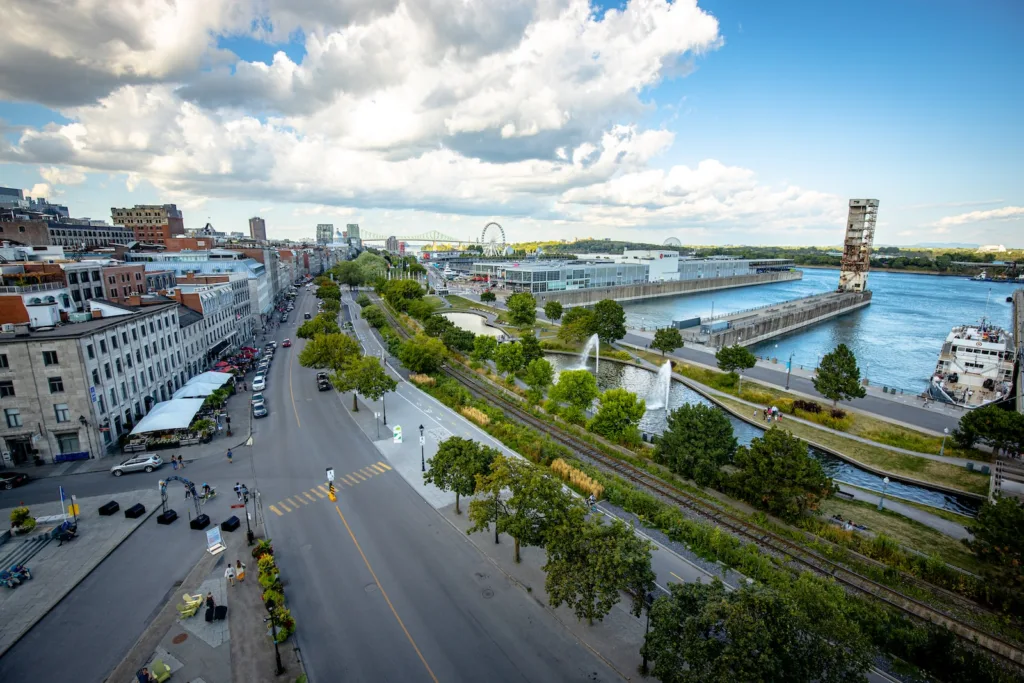Table of Contents
Introduction
The Evolution of City Skylines

Cities worldwide are undergoing a remarkable transformation, redefining their skylines through architectural brilliance. This article delves into the journey of these urban landscapes, charting their evolution from historical landmarks to modern marvels.
Historical Landmarks
Iconic Buildings and Structures


Explore the historical significance of architectural landmarks that define cityscapes. From the Eiffel Tower to the Taj Mahal, discover how these structures have shaped and symbolized their respective cities throughout history.
Shifting Perspectives Over Time
Understanding the changing perception and cultural significance of these landmarks across different eras.
Modern Architectural Marvels
Sustainable Design Innovations


Uncover contemporary architectural wonders like the Burj Khalifa and the Shanghai Tower, showcasing cutting-edge designs and sustainable practices reshaping modern skylines.
Fusion of Technology and Aesthetics
Exploring the integration of technology and design principles in creating iconic modern structures.
Urban Planning
Shaping Future Cities



Analyze the role of urban planning in shaping city skylines, from zoning regulations to infrastructure development, and the impact on city aesthetics and functionality.
Skyline Evolution: Future Projections
Predicting future architectural trends and their potential influence on urban landscapes globally.
Influence on Culture
Art, Tourism, and Identity



Examine how architectural marvels contribute to a city’s cultural identity, attracting tourism and fostering artistic expression within the community.
Architectural Tourism: A Cultural Phenomenon




Unveiling the rise of architectural tourism and its impact on local economies and cultural exchange.
Impact on Economy
Business and Development
Assess the economic implications of city skylines, exploring how iconic structures drive business development and investment opportunities.
Economic Boons and Challenges
Balancing economic growth while addressing challenges posed by gentrification and urban development.
Challenges Faced
Balancing Growth and Preservation




Discuss the challenges cities face in maintaining a balance between architectural growth and preserving historical and cultural heritage.
Sustainable Urban Development




Exploring strategies for sustainable urban development while preserving the essence of cities’ architectural heritage.
Conclusion
Embracing Urban Architectural Diversity
City skylines serve as a canvas reflecting a city’s past, present, and future. Embracing architectural diversity contributes to the rich tapestry of urban life, representing the fusion of history, innovation, and culture.
FAQs
- How do iconic buildings impact a city’s image? Iconic buildings often become symbols of the city, influencing its image and attracting tourists and investors.
- What role does urban planning play in shaping skylines? Urban planning determines the layout, design, and infrastructure of cities, significantly impacting their skylines.
- Are modern architectural marvels environmentally sustainable? Many modern structures incorporate sustainable design elements to minimize environmental impact.
- Can cities balance economic growth with heritage preservation? It’s a delicate balance, requiring innovative approaches to development while safeguarding historical and cultural heritage.
- How do architectural marvels contribute to cultural exchange? They serve as focal points for cultural exchange, drawing visitors from diverse backgrounds and fostering global connections.
